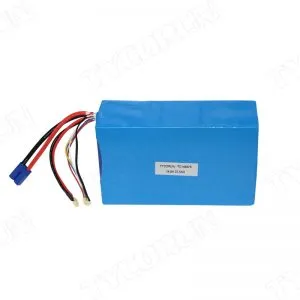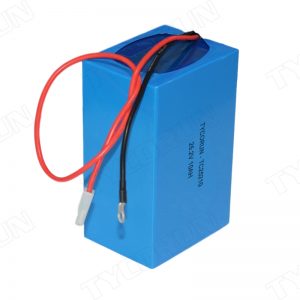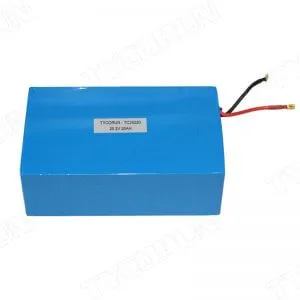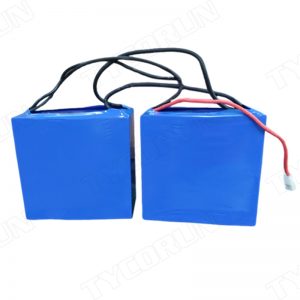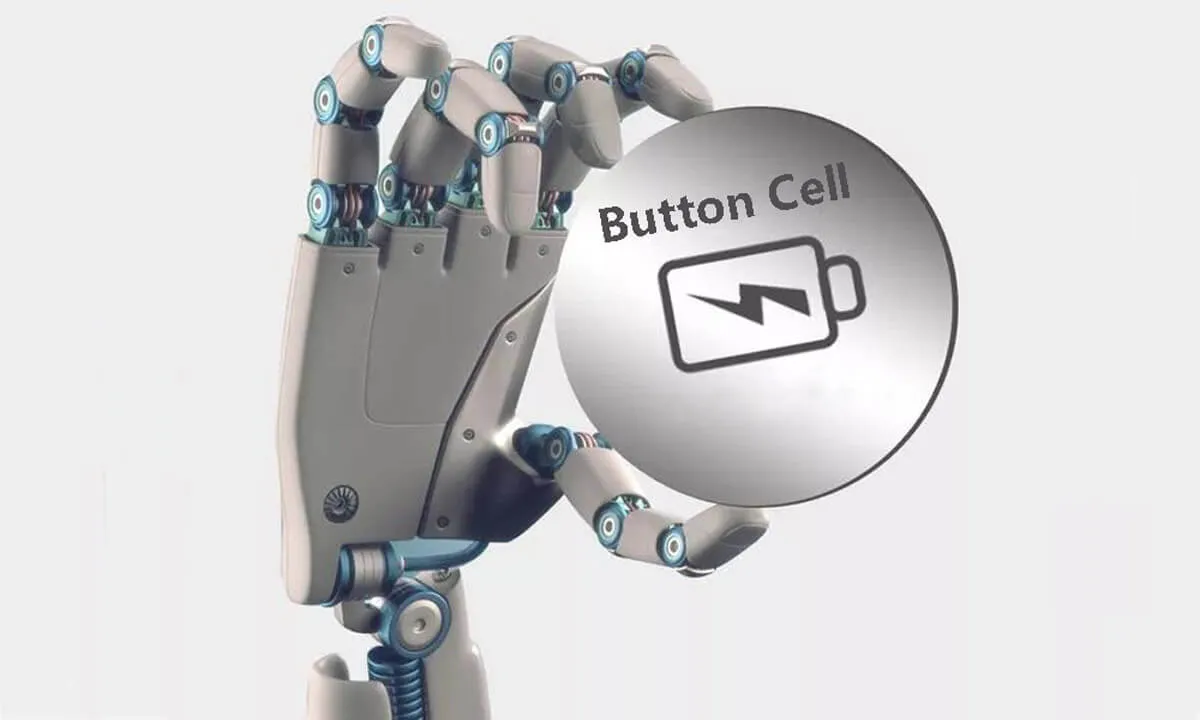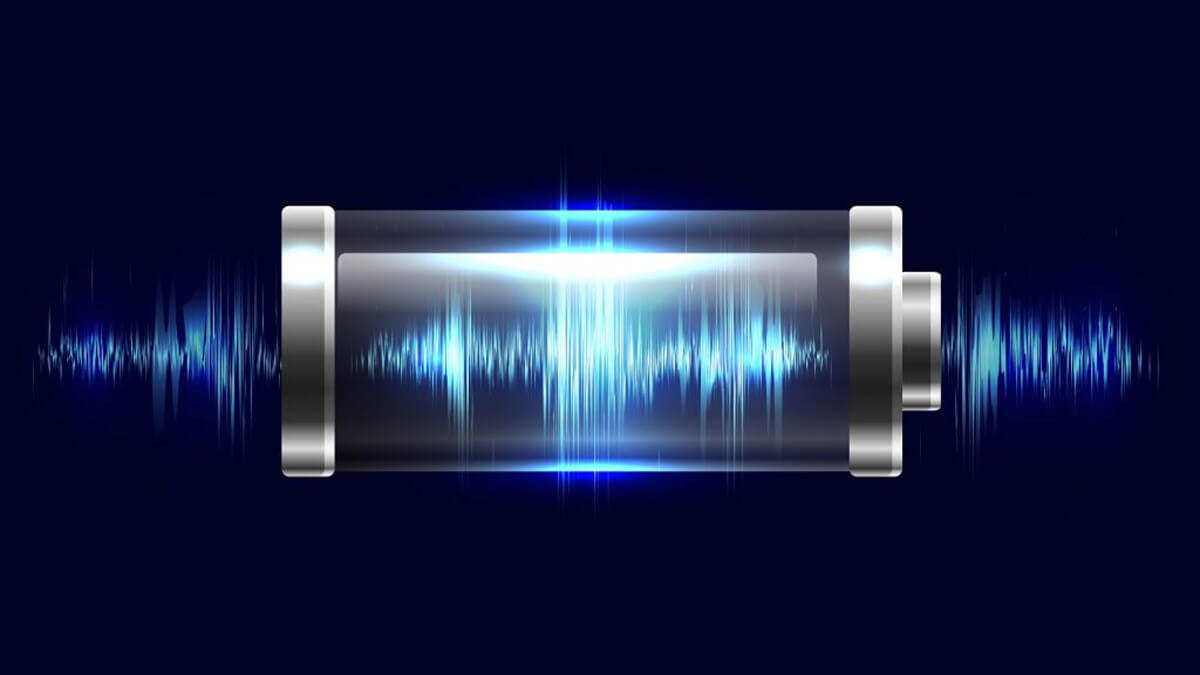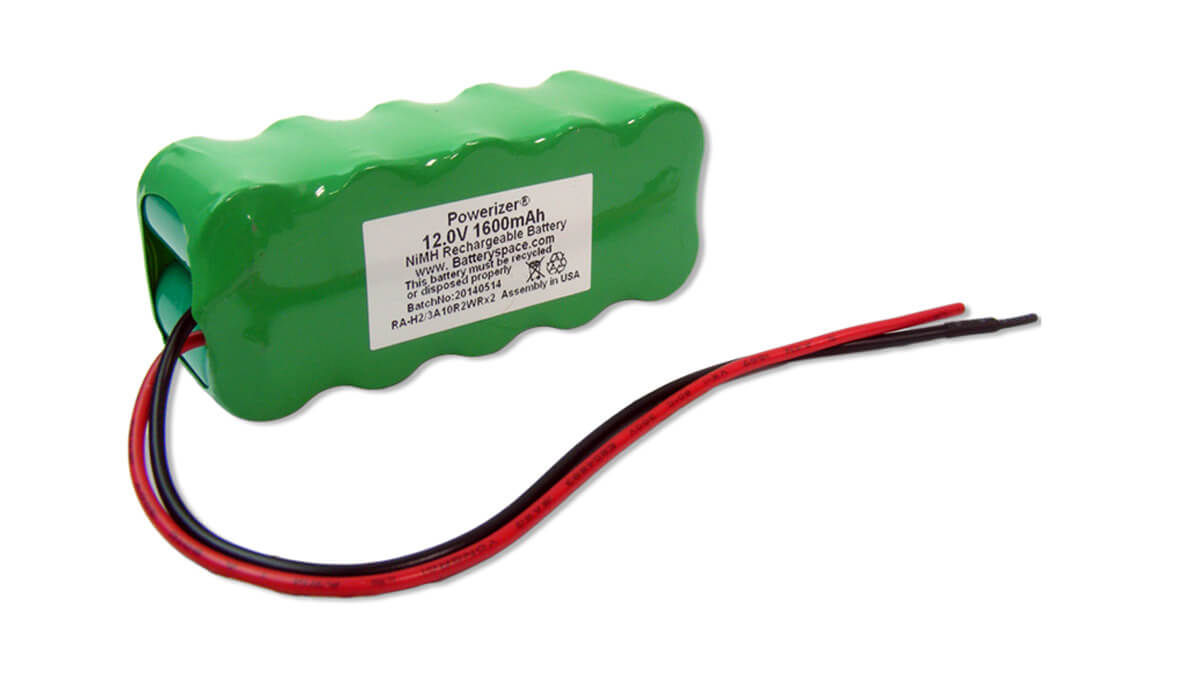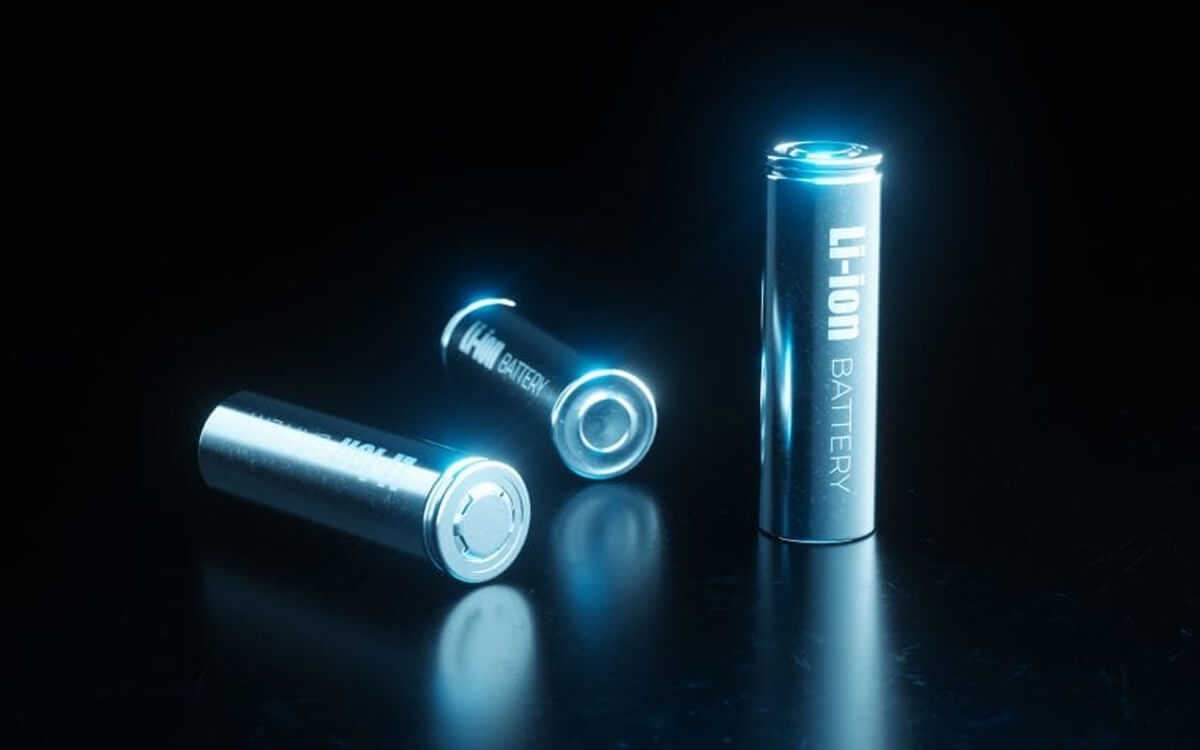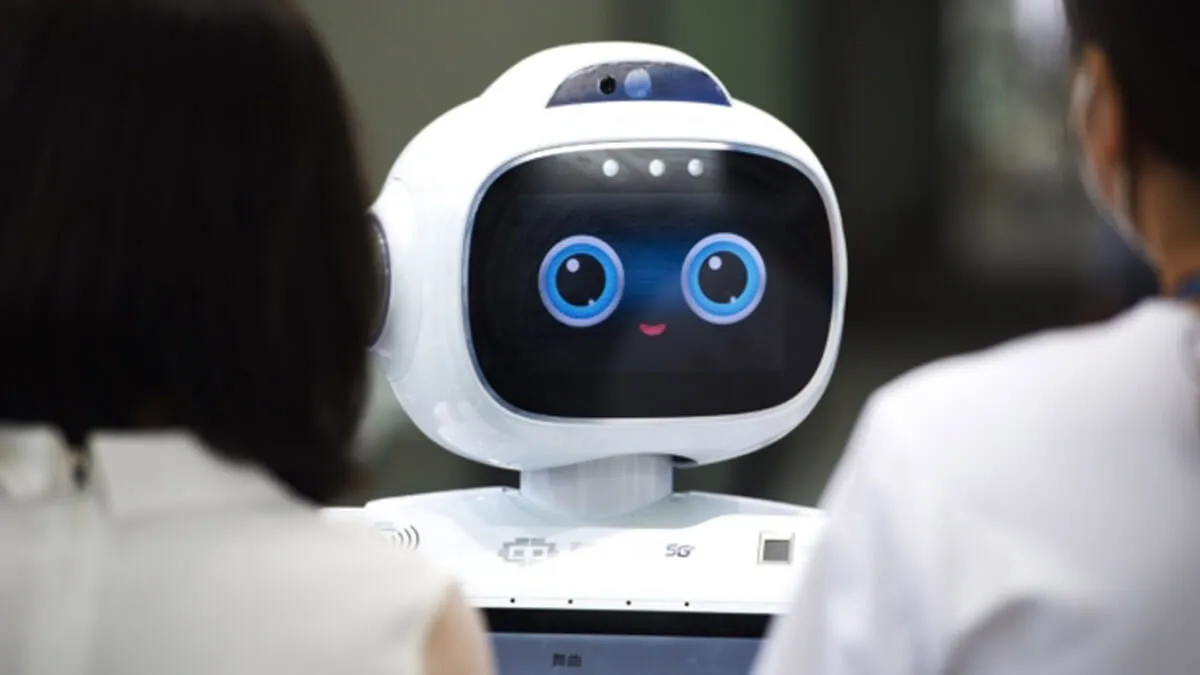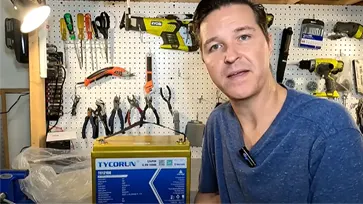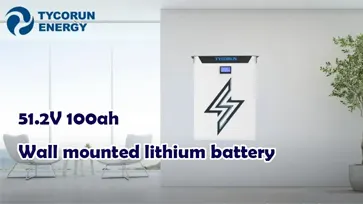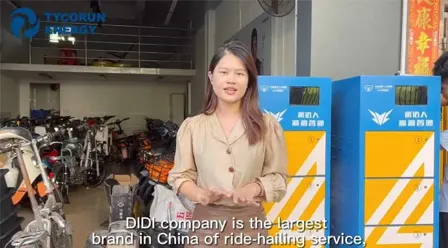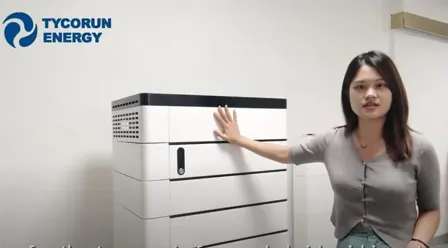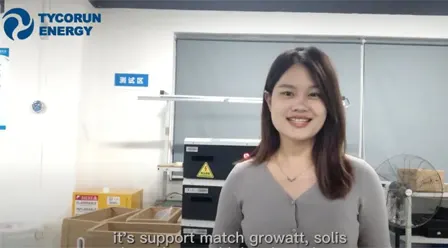Robot battery – your life partner for robotic activities
lithium ion robot battery manufacturers
14-year professional lithium ion battery manufacturers, 10-year warranty on battery packs, using the best BMS protection board, protecting the lithium battery pack from overcharge, overdischarge, overcurrent, short circuit, etc, with excellent self-discharge rate. Configurable Bluetooth, can be connected in series and parallel. The heating function and other special functions can also be customized. Enough stock for the 10 series of 24v robot battery. Can be shipped within 3 days.
Lithium ion batteries for robotics
-
14.8v lithium ion battery
14.8v 37.5ah 18650 battery 14.8 v lithium ion battery
Rated 0 out of 5Read more -
25.2v lithium ion battery
25.2v 10ah electric skateboard lithium ion battery
Rated 0 out of 5Read more -
25.2v lithium ion battery
25.2v 20ah lithium ion battery for electric scooter
Rated 0 out of 5Read more -
25.2v lithium ion battery
25.2v 33.8ah power battery 25.2 v lithium ion battery for hoverboard
Rated 0 out of 5Read more
Robot battery your life partner for robotic activities
- What batteries do robots use
- Do robots use lithium batteries
- Are robot lithium batteries better than others
- The specification of robot battery
- Which battery is best for robotics
- Comparison of Lithium-ion Li-poly and NiMH
- How much does a robot battery cost
- How do you charge a robot lithium battery
- How do I choose a robot battery
- What capacity voltage and current should you need
- Conclusion
Robots require electrical power to operate their mechanical and electronic faculties. They mainly meet the power supply requirements from robot batteries. The requirement of a robot battery depends on the actuators and electronic applications used in the robot. Presently, we can find many types of robot batteries. So, you need to select the correct battery depending on the robotic requirements.
What batteries do robots use
There are different types of batteries commonly used in the robotic industry. The power requirement of a robot varies according to its function designed to accomplish. These functions include electronic data collection and mechanical movements. Robots work with a single battery and multiple batteries.
The following are the standard battery technologies presently in use.
•Sealed Lead Acid Batteries
•Alkaline (Zinc/Manganese-dioxide) batteries
•Nickel Cadmium batteries
•Fuel cell batteries
•Li-ion (Lithium-ion) batteries
•LiFePO4 (Lithium-iron Phosphate batteries
The new battery technology and robotic designs outsmarted lead-acid batteries, and lithium batteries have substituted their place. Lithium-ion (Li-on) and lithium iron phosphate (LiFePO4) are the most popular lithium batteries used in robotic power requirements.
Do robots use lithium batteries
Yes, robots use lithium batteries. Battery is the primary source of electric power for robots. So, robots need to depend on battery power sources for their mechanical movement and electronic functions. The robot lithium-ion batteries are similar to that of smartphone batteries.
Are robot lithium batteries better than others
Yes, robot lithium batteries are better than others. Because they are lightweight, easy to recharge, and have low self-discharging rates, these batteries have high capacity and are available with a 3.7V rating.
The specification of robot battery
Capacity rating
Capacity rating is the amount of current a robot battery can produce within one hour, also known as the current rating. For example, if the battery shows 1 amp-hour, the battery can continuously deliver a current of 1 amp for one hour before it gets completely discharged. Suppose an automobile battery with 70 amp-hours capacity, specified as 3.5amps; then the battery can deliver 3.5 amps current continuously for 20 hours, which will be calculated as 70 amp-hours/3.5 amps equal to 20 hours.
Voltage grade
The voltage rating is the voltage a new battery can deliver to the electronic equipment.
Alkaline battery
These are non-rechargeable batteries. They are available in 1.5V and 9V. The 1.5V batteries are available in AA, AAA, C, and D. AA battery will be about 1000mAh, AAA will be less than 1000mAh, C will be 2000 to 2500mAh, and D will be about 2000mAh. The 9V battery will have a power of 50-500mAh. These batteries won’t last long as they have a high discharge rate. However, these batteries are cost-efficient and suitable to carry to any place or project location.
Nickel-metal Hydride Batteries
These are rechargeable batteries and come with 1.2V and a power range of 600mAh to 3300 mAh. They offer extended life and are a bit costlier. Even though they are more expensive, these batteries can deliver high current capacity and are lighter and cheaper. You can trickle charge it without having an expensive charger. Instead of these batteries, LiPo batteries are in use. Ni-MH doesn’t offer As much charge cycles as that of a lithium battery. Further, it gets discharged quickly while not in use.
Sealed lead acid batteries
These batteries are heavy, but they are cheaper than the rest. Sealed Lead Acid (SLA) batteries are good when you require high-capacity power. It has very low maintenance and can charge and discharge several cycles. They are good workhorses, and their discharge capacity does not cross above 30% of their designed capacity. They are low cost and are easy to recharge. For recharging a lead-acid battery, you need a high voltage current. Since these batteries are hefty, they are not suitable for robots.
Sealed batteries have their merit and demerits. They are cheap and available in large capacities. But these batteries are ideal for equipment that requires high energy capacity and doesn’t require enough power.
On the negative side, these batteries are heavy and require recharge for several amp-hours. Its shelf discharge rate is very high, and hence, you need to charge it frequently fully.
Lithium-ion batteries
Lithium-ion batteries are lightweight and come with high power capacity. They come with a 3.7/3.2V rating, are easy to charge with specially designed chargers, and hence are widely using with mobile phones and laptops. These batteries come with a BMS along with the packing. They are durable, offer balanced voltage during discharge, and have heavy energy density. However, these batteries are a bit expensive. Where do they use it? They have a wide array of usage, from flashlights to electric cars.
Lithium polymer batteries
Lithium polymer batteries are most commonly using to power robots because of their many advantages. These batteries are lightweight and show a high discharge rate. Further, it has an excellent power capacity than voltage rating. The polymer lithium battery is actually a lithium ion battery in a soft shell package. They are ideal for hobby users and excellent in heavy-duty requirements up to 44.4V (12S), where you need energy density and current capacity.
On the negative part, they are highly explosive if not handled properly. But compared with square shells and cylinders, soft packs are safer and less likely to explode.
Which battery is best for robotics
Good robot batteries are lithium-ion batteries, lithium polymer batteries, and Nickel Metal Hydride batteries. Lead-acid, nickel-cadmium and nickel-hydrogen batteries are not ideal for use in robotic segments.
Lead-acid batteries are good for backup power options, especially for stationery use. Their capacity per weight unit is meager, and also, they are heavy for deployment. Cadmium is a toxic material, and it is not better than a Nickel-metal hydride battery. Because of cadmium presence, nickel-cadmium batteries are not in use.
Nickel Hydrogen Batteries are rechargeable batteries based on pressurized hydrogen in gaseous form and nickel. It uses hybrid technology, a blend of both fuel cells and batteries. It has only one-third of the energy density compared to the lithium-ion battery, but it can offer more than 20,000 charge cycles which is not as good as lithium-ion batteries, but it has lower price. Because of these features, it has great demand in the aerospace industry.
Comparison of Lithium-ion Li-poly and NiMH
Both Lithium-ion and Li-Poly are structurally the same but have a slightly different construction mechanism. They are from one group, and Li-Poly is a special purpose battery than lithium-ion batteries. As mentioned earlier, lithium polymer battery is actually a kind of lithium ion battery. For remaining in a single piece, the lithium-ion batteries get pressed against a cylindrical/Squaremetal frame during the manufacturing process. But Li-Poly batteries do not require the support of a metal frame. They can hold without metal support.
NiMH batteries are known for their best power-to-weight ratio and low internal resistance. Compared to lithium-ion batteries, they are much safer, and their explosion chances are scarce. However, they have a poor energy-to-weight ratio, which is very poor compared to lithium-ion batteries.
Cylindrical batteries
Most of the batteries out there in the market are cylindrical. The batteries usually will have a diameter of 18mm and length of 65mm and hence are popularly called 18650 batteries. The cylindrical-shaped batteries can be lithium-ion or NiMH, and in rare cases, Li-Poly batteries are also available in a cylindrical shape.
Typically, these batteries come with a flat + and – terminal surface. The flat terminal batteries are for commercial use, and the terminal gets welded as per the requirements of the battery packs. For consumer batteries, which are ready to use, come with raised + terminal and – flat side, which has to press against spring connector. These batteries must keep in the slots marked as the direction pointing to the required terminal positions. The consumer batteries come with protected circuits and hence, will be slightly longer, 2 to 4mm, than regular 18650 batteries.
Apart from 18650 batteries, you can find many other battery sizes in Lithium-ion and NiMH cells. The size AA comes in 14x50mm, stands as 14500, and 18500, 26650, and 16650. Further, you can also find AAA, C, D type batteries, etc.
25.5v robot lithium battery (7 batteries in series)
14.8v robot lithium battery (4 batteries in series)
46.8v robot lithium battery (13batteries in series)
How much does a robot battery cost
The average price of a lithium-ion battery was US$140 per kWh in 2020, and it slipped to US$ 132 per kWh in 2021. Due to the scarcity of raw materials, the prices may settle at US$135 per kWh in 2022. However, the experts forecast the prices will eventually slip down to US$100 per kWh by 2024.
How do you charge a robot lithium battery
Let me tell you how to charge robot battery. Proper charging a robot lithium battery can extend its life. Storing the battery at the recommended temperature by not recharging the battery continuously and allowing the battery for slow discharge are the best practices to charge a battery and improve its life expectancy and performance.
•Before charging the robot lithium battery, check its power level, connect to the charger, and turn off the charger before the battery reading touches 100%.
•Store the battery at an average temperature and do not charge it continuously. The recommended charging temperature is 10-30° C.
•You can check the battery power by checking the battery icon. Always recharge when the battery charge shows 40% and stops re-recharging by not allowing it to cross 80%. It would be better not to allow the battery charge to fall below 10% and touches 100%.
•Never keep the battery with the charger continuously on, which can damage the battery’s health.
Another good practice is to switch off the device before you plug it in for charging. It will help the battery to recharge in the best way. If the device is off, the lithium-ion battery will get the correct charging without any resistance. Charging the battery with the device in a working position can prevent it from charging to its full potential.
The best practice for recharging a robot lithium-ion battery is connecting the robot to the charger and connecting the charger to the power outlet. Follow the sequence and switch on the power socket.
If you want to store the battery, you can keep the battery power to 40-50% when there is no operation. The battery will have slow discharge in this power range, but it will still be working with low-capacity loss. The best temperature for battery storage is 20-25℃.
How do I choose a robot battery
We need to consider many factors before deciding on the type of robot battery. A robot can use different batteries, either NiMH batteries, LiPo batteries, or Single Cell batteries. We can select any battery, but lithium batteries are the most preferred option.
If you have a low budget and your energy requirement is high, lead-acid batteries are the best. If you don’t have any budgetary constraints, you should opt for lithium-ion (Li-ion) or lithium-polymer (LiPo) batteries. Lithium-ion batteries are a bit more expensive, but the cycle life is 5-6 times longer than lead-acid batteries. These batteries are cost-effective in the long run; hence it would be better to go for lithium-ion robot batteries.
Battery ratings
Batteries will come with their specification visibly printed on them. It will help the user to select the battery according to their requirement. The standard information you can find in a robot battery is its voltage or number of cells, Ah (amp hours) or mAh (Milli -Ah), to show the battery’s capacity. Apart from this, some batteries will also have prints displayed to show their discharge rating or burst current ratings. It will be a C rating in LiPo batteries.
What capacity voltage and current should you need
Your voltage requirement must match the battery voltage and motor voltage required for the motor. Capacity is the power that determines the life of the battery or project runtime. You should have some basic understanding of the continuous power requirement of the motor. Using a current sensor meter can let you give the load drawing of the motor. The current requirement will be the total current required for all motors.
Robotic battery options
Batteries are the power source for mobile robots, and for power, lithium-ion batteries play a significant role compared to other batteries, including lead-acid batteries. Out of the lithium batteries, lithium-ion and Lithium iron phosphate batteries are the most commonly used power options.
What is the energy density of Li-ion? When we make a comparison study, we can find the energy density of Li-ion ternary battery as 200 to 300Whkg and LiFEPO4 as125 to 160Whkg, respectively. Lithium ternary batteries are available in 3.7V and LiFePO4 comes with a voltage of 3.2V.
Similarly, when we check the cycle life differences of Li-ion ternary and LiFePO4, Li-ion ternary shows a life cycle of 2500 cycles. But the life cycle will be low when they work at a high temperature. Similarly, LiFePO4 shows 4000 cycles, and they will have better performance in a high-temperature environment. Generally speaking, both have long storage abilities, but LiFePO4 has slightly better storage ability than Li-ion ternary batteries.
Conclusion
Lithium-ion batteries have a high voltage rating and have high energy storage capacity. When the battery produces higher storage abilities and voltage rating, that will be a reason for fast heating and may affect the safety parameters.
LiFePO4 has better thermal stability since it uses phosphate as a cathode and will not be flammable in overheating. All Li-ion batteries are recyclable. LiFePO4 robot batteries fall under the non-toxic classification and are easy to dispose of. Therefore, LiFePO4 batteries are a more preferred option than any other batteries for robots.
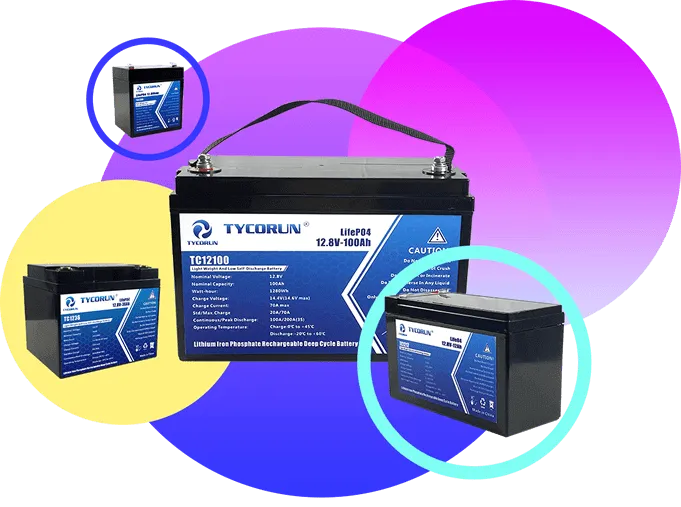
About lithium ion robot battery manufacturers
TYCORUN® has more than 14 years of experience in the lithium battery industry and is a Chinese high-tech enterprise that develops, produces and sells various new energy batteries for robotics products.
24v robot battery production capacity accounts for 80% of our lithium battery manufacturing products
High quality assurance
TYCORUN is determined to become a leader in the batteries for robotics industry, quality is our culture!
Professional manufacturers
With robot battery pack as the core, integrating channels and technologies
Factory wholesale price
We promise to let customers get the most cost-effective lithium robot battery products
Reliable Service Assurance
Provide lithium ion robot battery OEM, ODM, 1 MOQ.Full Set of Certificate
Video Gallery
Lithium ion Battery News

One-stop Africa battery swap solution – new energy electric motorcycle intelligent operation management
This article will cover the current situation of Africa’s market, the rapid development of the Africa battery swap industrial chain and Tycorun’s battery swap solution.

Top 6 high-rate cell companies in China
Among the manufacturer producing high rate battery, BAK, EVE, LISHEN, MOLICEL, SAMSUNG SDI, and SunPower stand out for their outstanding products.

Top 10 solid state battery manufacturers in China
China’s solid state battery development is in the accelerated stage, the top 10 solid state battery manufacturers mainly have the following

New Ganfeng battery – ultra safe semi-solid battery with high performance
This article details Ganfeng Lithium’s solid-state battery development, technological innovations, and the performance of the ganfeng battery in safety tests.
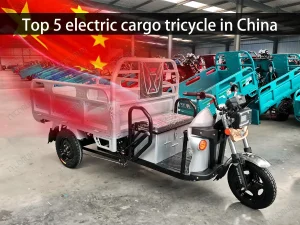
Top 5 electric cargo tricycle in China
This review presents the top 5 electric cargo tricycles in China, featuring detailed specifications and performance insights. Evaluating criteria such as load capacity, battery efficiency, and safety features, this guide assists buyers in selecting the ideal tricycle based on individual requirements.
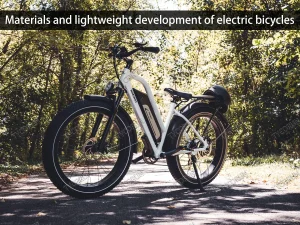
Materials and lightweight development of electric bicycles
This article provides an insightful exploration into the development of electric bicycles, focusing on advancements in materials and lightweighting techniques. It delves into the historical evolution of electric bicycles, analyzes various bicycle frame materials, discusses the development of electric power assist technology, and offers an overview of the electric assist bicycle market. Through detailed examination and analysis, it highlights the importance of lightweighting for electric bicycles and identifies key trends shaping the industry’s future.

